How many minor neck injuries have been sustained while attempting to locate a skylark against a cloudless sky?
No bird inhabits the heavens quite like a skylark. The source of the song is often a mere speck, hovering way up, as if suspended, and eluding us grounded observers.
Skylarks are generous with their song, unspooling it at epic length. Birds have been recorded singing for twenty minutes without a break.
In Birds Britannica, Mark Cocker and Richard Mabey suggest that the skylark has inspired more poetry than any bird but the nightingale.
The notes are famously described by poet George Meredith in The Lark Ascending as a ‘silver chain of sound / Of many links without a break / In chirrup, whistle, slur and shake’.
Those lines are from the poem that inspired the composition by Ralph Vaughan Williams of the same name. And - surely - Josh Wink’s Higher State of Consciousness (listen from 3 minutes 33 seconds in for maximum skylark transcendence).
Most songbirds avoid the dangers of the open sky in their territorial activities, but larks revel in it. An individual skylark may even continue to sing as they are pursued by a falcon, seemingly in a display of strength.
As a species, skylarks sing rather less strongly than they once did in Britain. Their numbers dropped dramatically in the second half of the twentieth century, as many of their preferred habitats - rough pasture, spring-sown crops and winter stubbles - were replaced with more intensive, year-round farming regimes.
However, they are still widespread, and thought to number around one and a half million pairs. The most recent surveys indicate they have bounced back in some parts of the country too.
The season for their song is virtually unbroken, and they are among the songbirds most likely to be heard in the sunshine in midwinter or late summer, when open landscapes can be otherwise rather quiet.
In winter, they can be encountered in down-to-earth flocks, perhaps a few dozen strong. In these circumstances they tend to appear as anonymous ‘little brown jobs’, typically poking around in low vegetation with their heads down. The crest on the their head - distinctive when seen well - is often held flat, and may be hardly noticeable at all.
However, they do emit a melodious little chatter as they are flushed. You might hear it as a fragment of the burbling phrases that you can make out within the song.
It’s a helpful aid to identification - albeit no substitute for the full freewheeling song that George Meredith described as ‘the tongue of the heavens’.
O skylark! I see thee and call thee joy!
Thy wings bear thee up to the breast of the dawn;
I see thee no more, but thy song is still
The tongue of the heavens to me!
This is the eleventh instalment in 2025’s cycle of Shriek of the Week. You can catch up with Robin, which includes details of the plan for this year, as well as Wren, Song Thrush, Blackbird, Great Tit, Dunnock, Chaffinch, Goldcrest, Nuthatch and Chiffchaff.
For those who can, subscribing to the paid tier to Shriek of the Week supports me to write more and keep this all going.
It also gets you access to the full A-Z archive of Shriek of the Week AND our livestream-hopping Early Bird Club call - the next is 8am BST (GMT +1) on Saturday 5th April.
🎧 Listen of the Week
Anthony James talks to Mongabay
“There is a principle there, and it’s one for all of us who might despair on occasion. Don’t despair, for even the worst of things that pass. Nature’s got incredible power. And the nature in us as humans too. To learn and transform.”
Aussie podcaster and gatherer of regenerative stories Anthony James spent much of 2024 travelling across the US with his family, speaking to people who are quietly getting on with the business of growing food, building community and restoring nature.
In this conversation Anthony reflects on his US trip, on shifting attitudes to ‘invasive species’, and the roles of people on the land, and on the concealed histories of Australia.
Media credits:
Skylark image by Neil Smith via Flickr, reproduced under CC licence CC-BY-SA 2.0
Woodlark image by Ján Svetlík via Wikipedia reproduced under CC licence CC-BY-SA 4.0




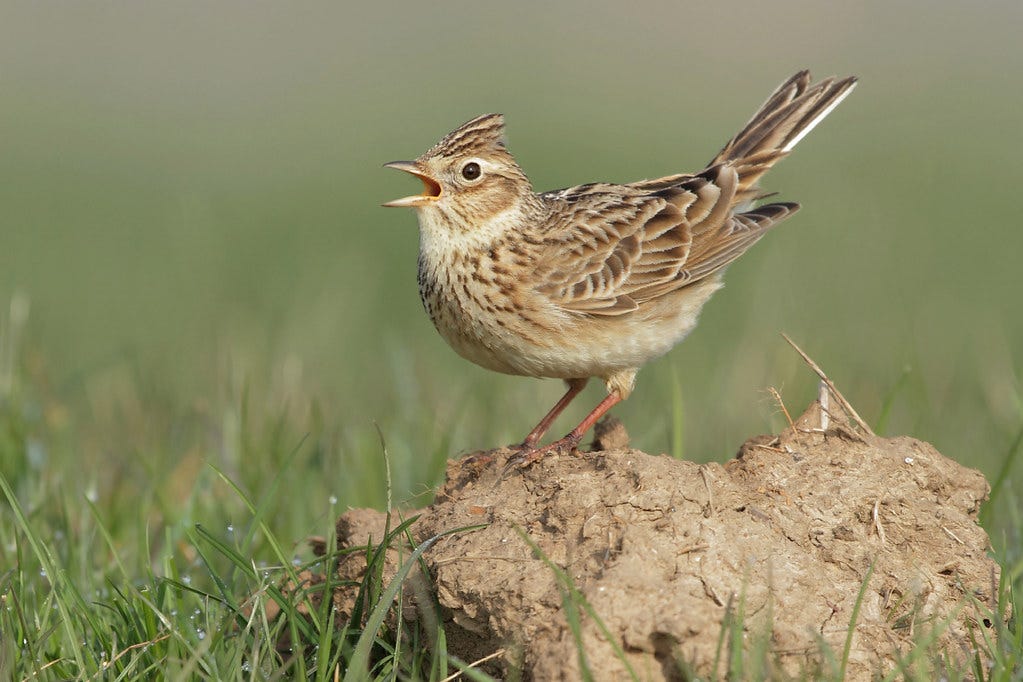


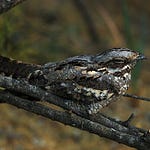
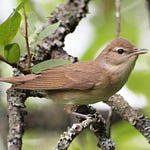

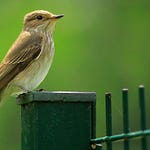


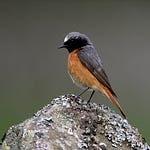
Share this post